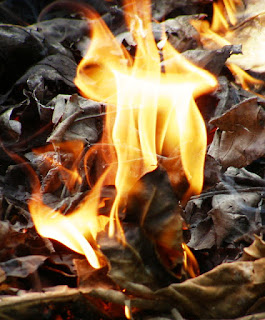However, the words “flammable” and “inflammable” have the same meaning, both describing something that is easily set on fire. To describe something that is not easily set on fire, we can use “non-flammable” and “non-inflammable.”
Examples:
“A lot of people think metal is not flammable, but metal does burn and we have a high quantity of magnesium on this site.”
“Such cables should be kept clear of inflammable undergrowth but amid a decline in public services this basic precaution has been neglected for years, insiders say.”
“This is mainly because most solid electrolytes are ceramic, and therefore non-flammable and in turn, much safer.”
“By Christmas each face of the plant will be wrapped in up to 250 square metres of the fire-retardant, non-inflammable, wind-resistant wrap.”

No comments:
Post a Comment